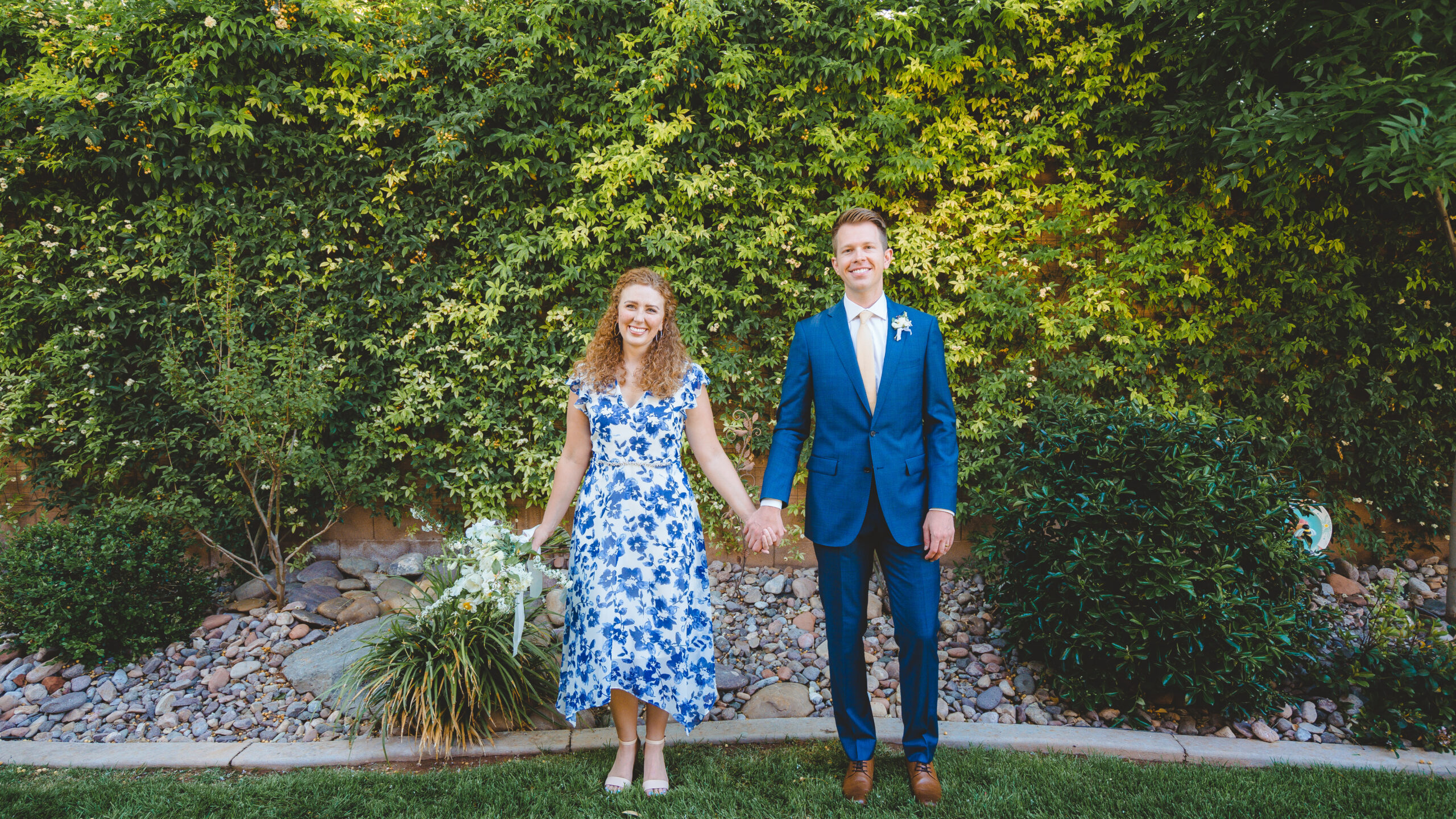How do I find my Mix Voice? And what is mixing anyway??

Have you ever tried to go for a high note and been thwarted by a massive crack in your voice? Have you ever wondered how to eliminate the break between your low notes and high notes?
Learning how to mix should help you with that! But, “how do I find my mix voice?” What is mixing and how do I do it?
Oxford Languages defines “mix” as: two or more different qualities, things, or people placed, combined, or considered together.
Two or more things combined together!
In regards to our singing voice, mixing, or developing a “mix,” refers to seamlessly combining our chest voice and our head voice. No matter the styles of music you sing, your voice has two distinct registers: head voice and chest voice.
The transition or area between these two registers is known as one’s “mix” (noun). The process of that coordination is known as “mixing” (verb).
You cannot build a bridge to where there is no shore
If a mix (or mix voice) is a combination of two different registers in our voice, then you first and foremost need access to those registers before you can start blending them!
What is chest voice?
Also known as your lower register — it’s the range of notes in which we comfortably speak. Chest voice is the foundation of your singing voice. Strength and success in the rest of your range depends on the stability of your chest voice! Imagine your voice is shaped like a pyramid: chest voice is the strongest, thickest (literally, in your cords!) part of your voice. The rest of your voice is built on that foundation!
Without utilizing chest voice properly, singers may sound breathy or weak, lack dynamics, and have a less powerful middle and upper range. Whether you sing classical music or classic R&B, using your chest voice is essential to having a strong and balanced voice.
What is head voice?
Also known as your upper register, and sometimes referred to as falsetto (although they are not one and the same!). Say an excited “Whoo hoo!” like you’re cheering at a game — you’re using your head voice! A well balanced voice releases into head voice at the proper time to access brilliant high notes. Resisting this transition will lead to strain, poor pitch, and a limited range. Everyone from Whitney Houston to Bruno Mars to Pavarotti use their head voice, so get on board!
What is mixing / mix voice?
Mixing is the coordination process of blending chest voice and head voice together. Sometimes this coordination is referred to as “bridging,” like bridging the gap between chest voice and head voice. You cannot build a bridge to where there is no shore…so chest voice and head voice need to be accessible, if not comfortable, before you can expect to build your mix voice.
While not every singer experience mixing in the same way, I’ll argue that any singer with somewhat decent technique is mixing in one way or another, from classical music to classic rock. Some people feel it as a gradual stretch out of their lower register, some people feel distinct and different “mixes” in their voice, such as a “head dominant mix” and “chest dominant mix,” etc.
If you are singing through one or more passages (transitions spots) in a connected way (ie, not flipping or disconnecting to a breathy, falsetto tone) then you are mixing through your voice!
The ratios of how much chest voice to how much head voice you’re using in different parts of your range may be different depending on what style of music you sing, but some kind of blend must be present in order to sing with ease and full vocal freedom. For example, because their genre requires it, classical sopranos may have more head voice in their recipe but the very best sopranos still access chest voice in some way.
How do I find my mix?
The term “finding your mix” or “discovering your mix” is rather misleading. You aren’t going to stumble upon your mix voice one day after you find the magic “mixing” exercise. A mix voice is developed over time!
Like I said earlier, learning to mix (or blend) through your registers is a coordination that takes time and practice. It’s quite literally like coordinating any other muscle group in your body. Just like any high level athlete takes years to perfect their moves, you will need to do the same! Singing is a physical activity that depends on many muscles and systems working together at once in order to deliver a seamless, smooth transition from low notes to high notes and back down again.
Here’s the honest truth: It’s unlikely you’ll be able to teach yourself how to mix, despite the hundreds of YouTube videos available on the topic. Acquiring any new skill requires coaching! How do you think Serena Williams became the world’s greatest tennis player? Or Michael Phelps the most decorated Olympian of all time? Or Mariah Carey one of the most enduring pop singers of the last 30 years? They certainly didn’t do it alone!
My top two tips for learning how to mix:
1. Get a copy of my Warm-Up Series for Mixing.
Want to improve your mix voice but aren’t sure where to start? My guided vocal warm-up recording takes you through a series of exercises designed to help you strengthen your mix.
Your digital download comes with a PDF guide, walking you through how the exercises work and tips for how to get the most out of the warm-up series.
Plus, with any purchase of the Warm-Up Series, you’ll be added to an exclusive Facebook group with hours of additional video content to help you improve your voice, plus direct access to me for all of your questions!
2. Take a voice lesson.
Click here to learn about lessons with me and my associates.
A voice teacher’s job is to point out the things you can’t hear about your own voice and to guide you through exercises specifically designed for your vocal goals. Investing in private lessons is the most efficient and effective way to make progress with your voice. There’s simply nothing else like it!
With proper guidance tailored to your unique voice and singing goals, you will be well on your way to building your mix and finding vocal freedom!









